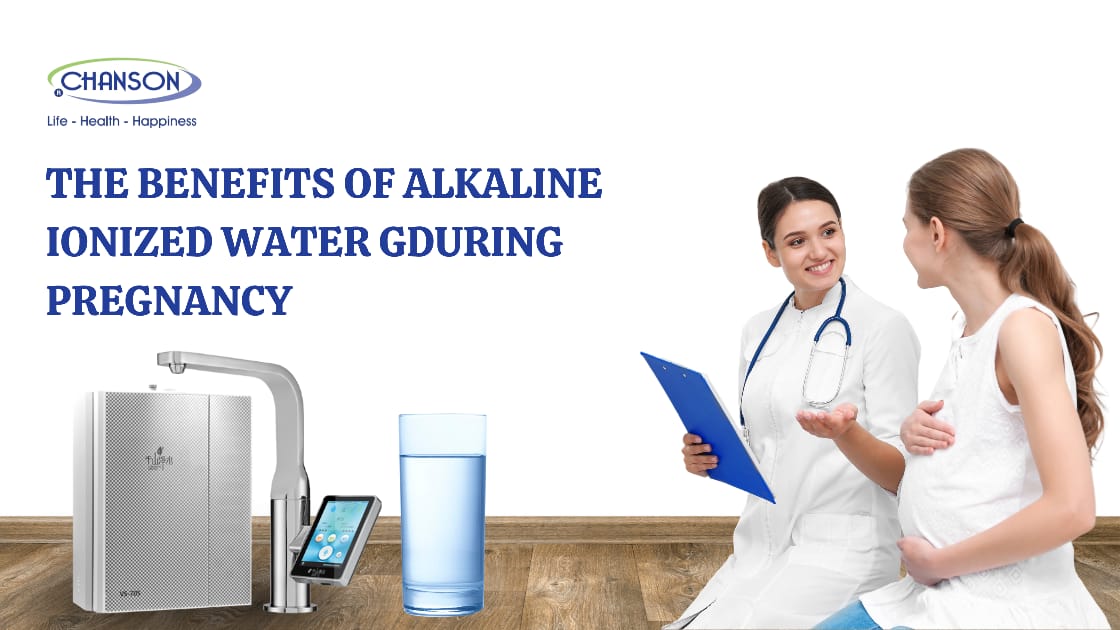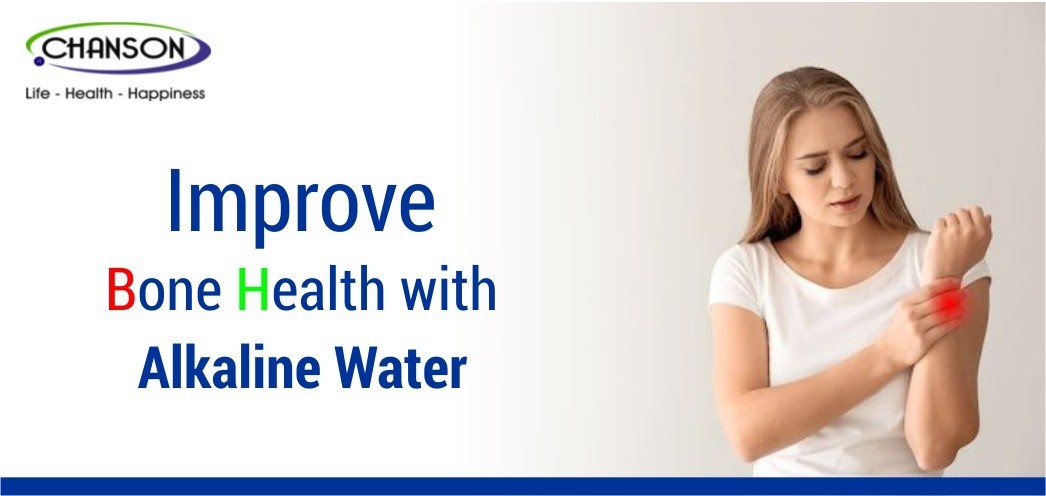Complete Guide to Oxidation Reduction Potential (ORP)
Explore the fundamentals of Oxidation Reduction Potential (ORP) in our comprehensive guide. Learn key concepts, applications, and practical insights for better understanding.
Oxidation Reduction Potential, often abbreviated as ORP, is a concept that might sound complex, but it plays a crucial role in various fields, from environmental science to industrial processes and even our own bodies. In this guide, we'll break down What is Oxidation Reduction Potential? how it works, and why it's important.
Introduction to Oxidation Reduction Potential
What is Oxidation Reduction Potential?
ORP is a measure of the ability of a substance to either gain or lose electrons during a chemical reaction. It's a key indicator of a solution's overall capacity to engage in oxidation-reduction (redox) reactions, which are processes where electrons are transferred between molecules.
Historical Background and Importance
The concept of ORP has been around for over a century. It gained prominence as scientists began to understand redox reactions, which are fundamental to many chemical and biological processes. ORP is important because it helps us predict how substances will behave in different environments, whether in a laboratory, an industrial setting, or a natural ecosystem.
The Science Behind Oxidation-Reduction Potential
How Oxidation Reduction Potential Works
At its core, ORP measures how easily a substance can either donate electrons (oxidation) or accept electrons (reduction). This is crucial in redox reactions, where one substance loses electrons, and another gains them. The higher the ORP, the more likely a substance is to gain electrons and become reduced. Conversely, a lower ORP indicates a higher tendency to lose electrons and become oxidized.
Redox Reactions Explained
Redox reactions are everywhere. For example, when iron rusts, it undergoes oxidation because it loses electrons to oxygen in the air. On the other hand, when you use bleach to whiten clothes, the bleach is being reduced as it gains electrons from the stains.
Role of Electrons in Oxidation-Reduction Potential
Electrons are the tiny particles that orbit the nucleus of an atom. In redox reactions, electrons are the main players, moving from one molecule to another. This movement of electrons is what ORP measures, giving us insight into the chemical activity of a substance.
Measuring Oxidation-Reduction Potential
Common Methods and Techniques
ORP is usually measured using an ORP meter, which consists of a probe that is dipped into the solution. The probe contains an electrode that senses the electron activity and provides a reading, usually in millivolts (mV).
Types of Electrodes Used
There are different types of electrodes used in ORP measurement, including platinum and gold electrodes. Each type has its own advantages depending on the specific application and the substance being measured.
Applications of Oxidation Reduction Potential
In Environmental Science
ORP is widely used in environmental science to monitor water quality. For example, a high ORP in water suggests that it has a strong ability to break down contaminants, making it safer to drink.
Monitoring Water Quality
Environmental scientists use ORP to assess the health of rivers, lakes, and other water bodies. A healthy body of water typically has a balanced ORP, indicating it can naturally purify itself.
Impact on Soil Chemistry
ORP also affects soil chemistry, influencing nutrient availability and microbial activity. Farmers often monitor soil ORP to ensure optimal growing conditions for crops.
In Industrial Processes
ORP plays a significant role in various industrial processes, from preventing metal corrosion to manufacturing chemicals.
Metal Corrosion and Protection
One of the most common industrial applications of ORP is in corrosion prevention. By monitoring and adjusting ORP, industries can protect metal structures like pipelines and bridges from rusting.
Chemical Manufacturing and Waste Treatment
In chemical manufacturing, ORP is used to control reactions and ensure products meet quality standards. It's also essential in waste treatment, where it helps break down harmful substances before they are released into the environment.
In Biological Systems
ORP is vital in biological systems, influencing processes like cellular respiration and even being used in medical diagnostics.
Cellular Respiration and Metabolism
In our bodies, ORP is involved in cellular respiration, the process by which cells produce energy. A balanced ORP is crucial for maintaining healthy cellular function.
Diagnostic Tools in Medicine
In medicine, ORP can be used as a diagnostic tool to assess the oxidative stress in the body, which is linked to various health conditions, including chronic diseases and aging.
Factors Influencing Oxidation Reduction Potential
Chemical Factors
Several factors can influence ORP, including the concentration of reactants and products, pH levels, and temperature.
Concentration of Reactants and Products
The concentration of substances involved in a reaction directly affects ORP. Higher concentrations typically lead to more pronounced redox reactions, altering the ORP value.
pH Levels and Temperature
pH levels and temperature also play a role in ORP. For example, acidic conditions often increase ORP, while higher temperatures can either increase or decrease ORP depending on the specific reaction.
Physical Factors
Physical factors such as electrolyte composition and environmental conditions like pressure can also impact ORP.
Electrolyte Composition
The presence of certain ions in a solution, known as electrolytes, can influence ORP by either facilitating or hindering electron transfer.
Pressure and Environmental Conditions
Environmental conditions, including pressure and the presence of other chemicals, can also affect ORP. For example, high pressure can speed up certain reactions, changing the ORP.
Understanding Oxidation Reduction Potential Through Examples
Practical Examples in Everyday Life
ORP is not just a concept for scientists; it's something we encounter in daily life.
Batteries and Fuel Cells
Batteries and fuel cells are practical examples of ORP in action. In these devices, redox reactions generate electricity, which powers everything from our smartphones to electric cars.
Common Redox Reactions
Common redox reactions include the rusting of iron, the browning of fruits, and even the metabolism of food in our bodies.
Case Studies
Environmental Monitoring Case Study
In one case study, ORP was used to monitor the health of a river system. By measuring ORP levels, scientists were able to detect pollution and take steps to restore the river's natural balance.
Industrial Application Case Study
In an industrial setting, ORP monitoring helped prevent corrosion in a chemical plant. By maintaining optimal ORP levels, the plant was able to reduce maintenance costs and extend the lifespan of its equipment.
Latest Blog
-
03 Jun 2025
The Benefits of Alkaline Ionized Water During Pregnancy -
03 Jun 2025
Dr Softener, the Best Water Softener -
27 Apr 2025
Alkaline water ionizer Your Insurance to Good Health and Longer Life -
19 Feb 2025
Prevent Bone Aches in Cold Weather with Alkaline Water: Essential Tips -
03 Feb 2025
Looking for Winter Wellness? Discover How Alkaline Water Strengthens Your Bones -
03 Feb 2025
The Science Behind Ionized Water and Reduced Inflammation -
22 Dec 2024
Winter-Safe Hydration: Why Alkaline Water Is the Best Choice

All Rights Reserved. © 2025 Centrepoint Lifestyle Products Pvt Ltd.









